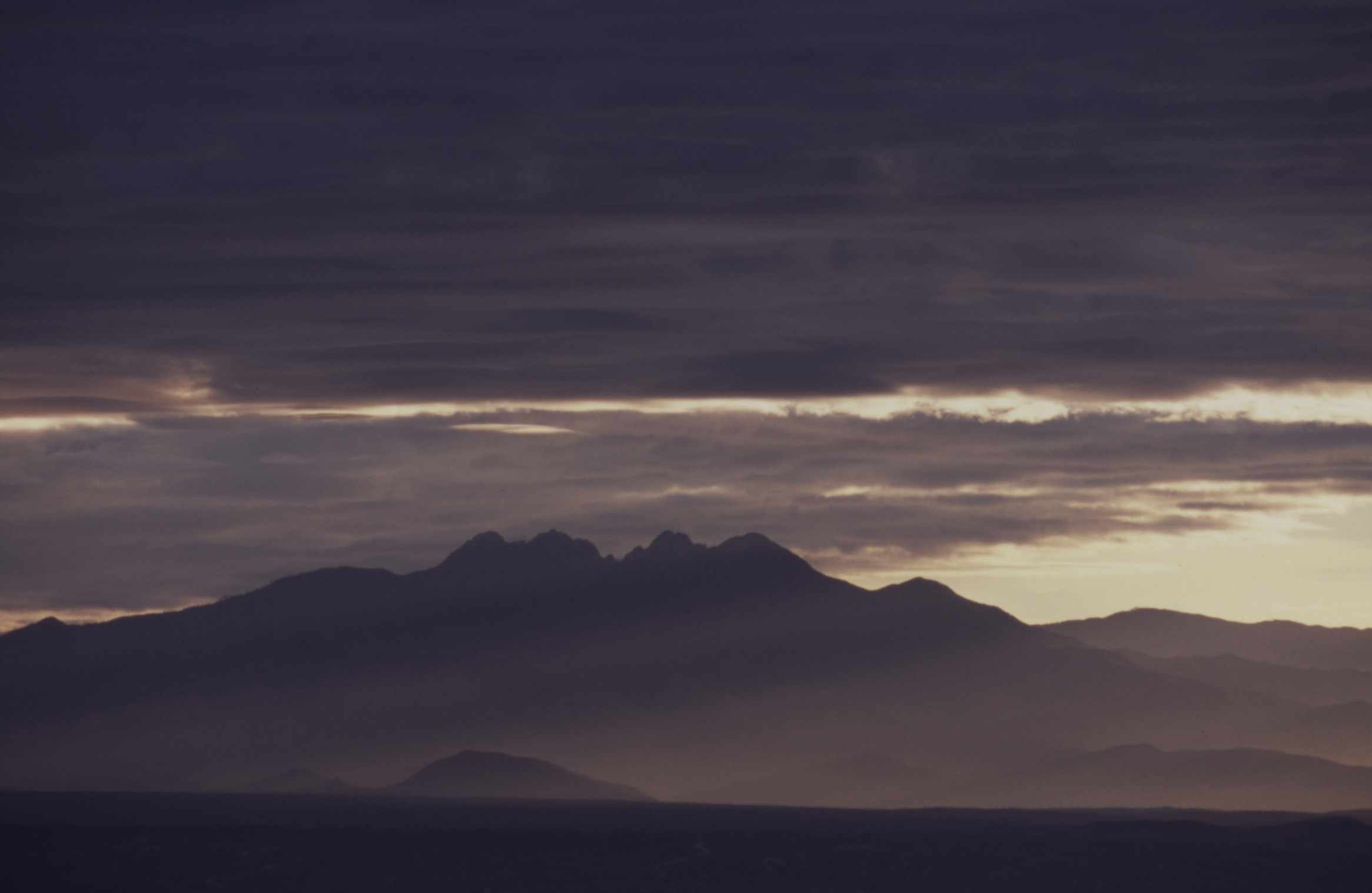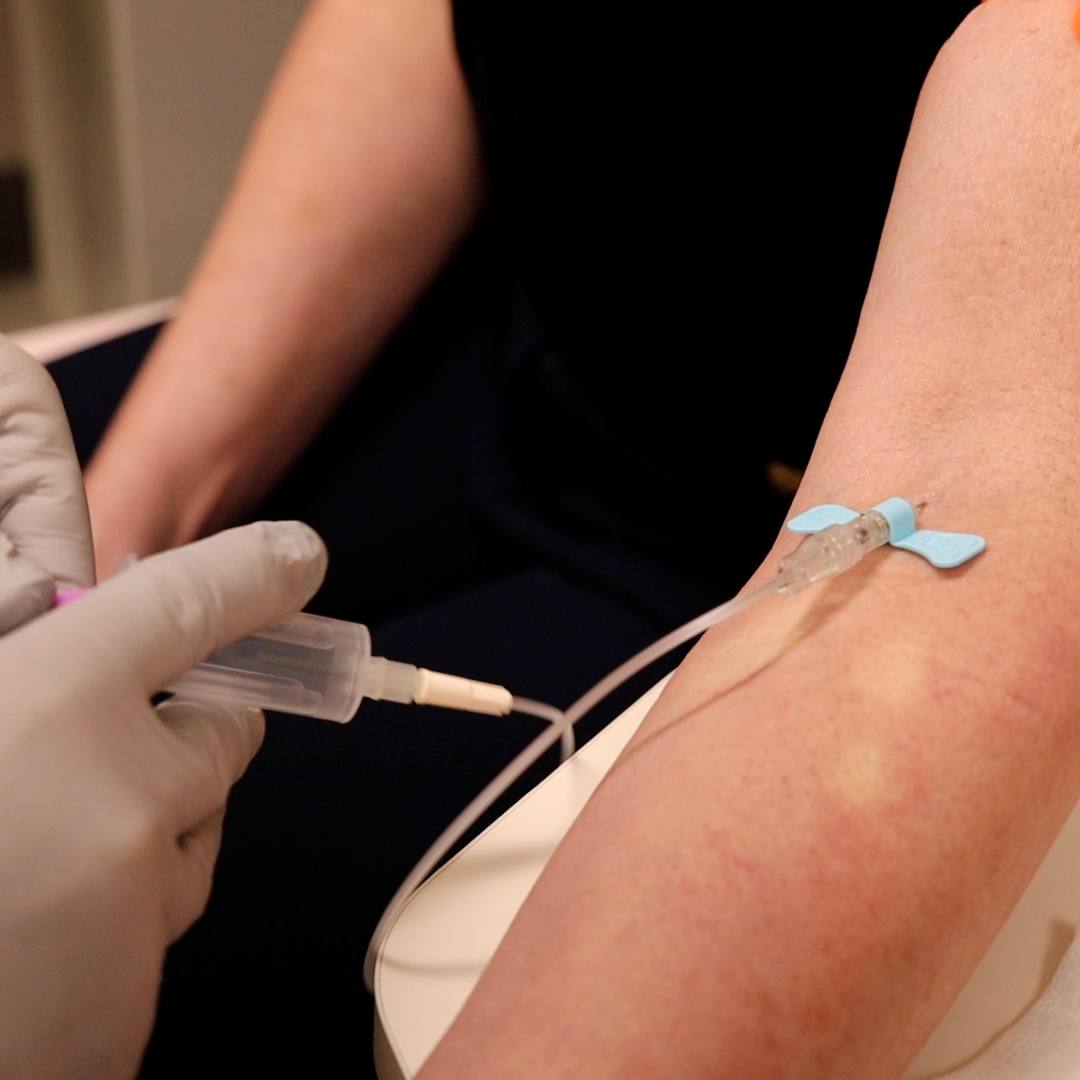-
Arizona
Mayo establishes High Altitude and Harsh Environments Medical Clinic
 SCOTTSDALE, Ariz. – Mayo Clinic is seeing patients with concerns about traveling to high altitudes at the recently established High Altitude and Harsh Environments Medical Clinic.
SCOTTSDALE, Ariz. – Mayo Clinic is seeing patients with concerns about traveling to high altitudes at the recently established High Altitude and Harsh Environments Medical Clinic.
“The intent is to serve our patients who either for business or leisure need to travel to high-altitude environments,” explains Jan Stepanek, M.D., who is chair, Division of Preventive, Occupational and Aerospace Medicine, at Mayo Clinic in Arizona.
Altitude sickness can occur when the human body does not properly acclimate to lower oxygen levels at higher elevations. Shortness of breath, headaches, nausea and gastrointestinal problems are common symptoms. More serious problems can include life-threatening cerebral and pulmonary edema (i.e., swelling of the brain and excess water in the lungs).
“There are individuals who just cannot function as well as others at high altitude,” adds Dr. Stepanek. “Either by disposition, pre-existing health problems or by the rapid nature of ascent, they cannot adapt well in this high altitude environment.”
The clinic focuses primarily on travelers concerned about ascending to climates above 8,000 feet. Additional aspects of the clinic focus on the remote nature of high-altitude austere environments, including decreased oxygen, extreme cold conditions, scarcity of safe food and water sources and limited health care resources.
MEDIA CONTACT: Jim McVeigh, Mayo Clinic Public Affairs, 480-301-4368, mcveigh.jim@mayo.edu
Dr. Stepanek, a native of Switzerland whose interest in this domain of medicine stems from his time stationed in the mountains while serving in the Swiss military, says modern travel has accelerated the need for more attention to health concerns at high altitude.
“Being able to quickly travel to altitude, be that by vehicle or aircraft, your body is robbed of the opportunity to gradually acclimate by just walking to that elevation,” Dr. Stepanek explains. “That has really been the primary factor that has made this more of a common clinical problem, compared to bygone eras.”
Through prescreening based on personal medical history, target elevation and how fast a patient ascends to the altitude, the Mayo clinical team determines low-, moderate or high-risk individuals. Education on preacclimatization, recognition of symptoms, individualized testing, and prescriptions and medical kits that can prevent or treat high-altitude health problems are part of the program. The Mayo team consists of experienced high-altitude clinicians, such as Bruce Johnson, Ph.D., and clinical staff members of this clinic who have been involved in research expeditions to Mount Everest, Mount Aconcagua and Mount Kilimanjaro, and actively pursue laboratory-based research on human performance.
The High Altitude and Harsh Environments Medical Clinic is in Mayo Clinic Building – Scottsdale. Dr. Stepanek is available for interviews.
###
About Mayo Clinic
Mayo Clinic is a nonprofit organization committed to clinical practice, education and research, providing expert, whole-person care to everyone who needs healing. For more information, visit http://www.mayoclinic.org/about-mayo-clinic or https://newsnetwork.mayoclinic.org/.
Related Articles







